5 Essential Tips for Choosing the Right Flood Pump for Your Home Needs
Choosing the right flood pump is crucial for homeowners, especially in areas prone to flooding, as it can significantly affect not just property damage mitigation, but overall safety and recovery efforts. According to the National Flood Insurance Program, flooding causes billions of dollars in damage annually, and having an effective flood pump in your home can prevent devastating losses. A well-chosen flood pump can remove thousands of gallons of water per hour, which is essential during severe weather events.
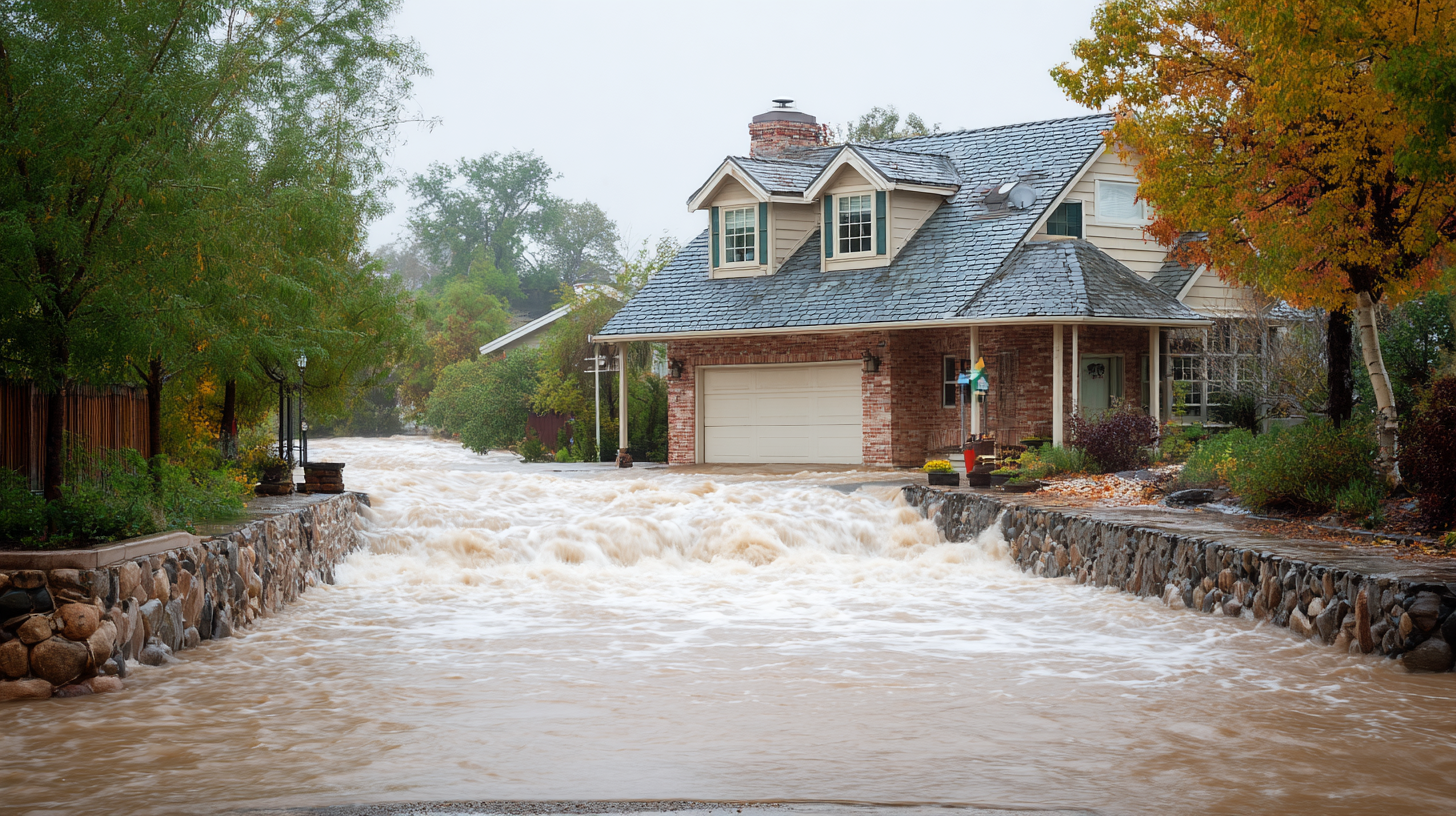
Furthermore, a recent report by the American Society of Civil Engineers highlights that only 40% of homeowners feel adequately prepared for a flooding event, emphasizing the need for informed decision-making regarding flood pump selection. With these statistics in mind, understanding the core features and capabilities of flood pumps can empower homeowners to protect their properties and reference the best practices in flood prevention.
Understanding Your Flood Risk and Pump Requirements
When selecting a flood pump for your home, it's crucial to first understand your unique flood risk. Assess the history of flooding in your area, including the frequency and severity of past events. This information will guide you in determining the necessary pump capacity and features you need. For instance, homes in flood-prone regions may require more powerful pumps with higher flow rates, while those in less vulnerable areas might opt for smaller, less robust models.
Next, consider the specifics of your property. Evaluate factors such as the elevation of your home, the layout of your yard, and potential water entry points. Understanding how water typically accumulates around your property will help you choose a pump that can efficiently handle water flow during flooding events. Look for pumps with adjustable settings and durable materials, as these can greatly enhance performance and longevity, tailored to your specific requirements.
Comparing Pump Types: Submersible vs. Pedestal
When it comes to selecting the right flood pump for your home, understanding the main types available is crucial:
submersible and pedestal pumps.
 Submersible pumps are designed to operate underwater, making them ideal for areas prone to flooding. They are generally more efficient, with some models capable of pumping up to 3,000 gallons per hour. According to a study by the Water Systems Council, submersible pumps tend to last longer than pedestal pumps due to their protected motor and reduced exposure to debris.
Submersible pumps are designed to operate underwater, making them ideal for areas prone to flooding. They are generally more efficient, with some models capable of pumping up to 3,000 gallons per hour. According to a study by the Water Systems Council, submersible pumps tend to last longer than pedestal pumps due to their protected motor and reduced exposure to debris.
On the other hand, pedestal pumps are placed above the water level, making them easier to maintain and inspect. They are often less expensive and can effectively handle moderate flooding levels. However, they may struggle in severe conditions and typically have lower flow rates, averaging between 1,500 to 2,000 gallons per hour.
Tip 1: Assess your specific flooding risk before choosing a pump type.
Tip 2: Consider the pump's horsepower to match your needs.
Tip 3: Look for pumps with solid construction and reputable manufacturer warranties, as these factors can significantly influence the longevity and reliability of the pump in emergency conditions.
Evaluating Pump Capacity: GPH and Head Height
When selecting a flood pump for your home, evaluating pump capacity is crucial. The two primary metrics to consider are gallons per hour (GPH) and head height. GPH indicates the volume of water the pump can move per hour, which is essential for determining if it can handle the amount of water your space might face during flooding. A higher GPH rating generally means a quicker response time to water accumulation, keeping your home dry and safe.
Head height, on the other hand, measures how high a pump can lift water. It’s imperative to match the pump’s head height with your home’s layout to ensure efficient operation. If a pump cannot lift water to the desired height, it will be ineffective despite its capacity. Therefore, both GPH and head height should align with your specific needs. Consider the potential flooding scenarios in your area, and choose a pump that offers ample capacity to handle water swiftly while maintaining effective discharge height.
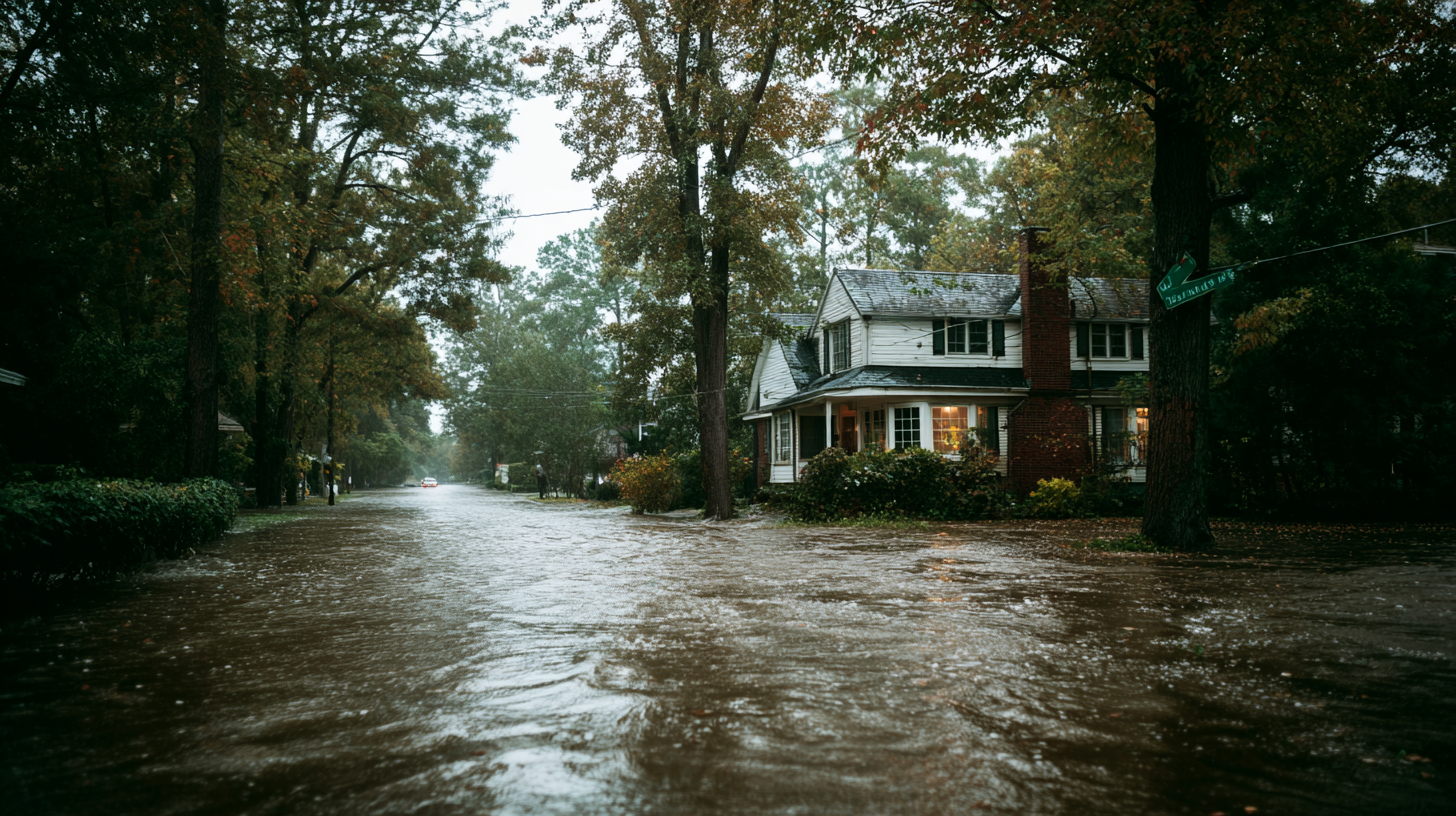
Key Features to Look for in a Flood Pump
When selecting a flood pump for your home, several key features should guide your decision. First and foremost, consider the pump’s capacity, measured in gallons per hour (GPH). This rating indicates how quickly the pump can remove water. It’s essential to choose a pump with a capacity that meets or exceeds the volume of water you anticipate needing to remove, ensuring it can handle emergencies efficiently.
Next, look at the pump's power source. While electric pumps are common and efficient, battery-operated options offer the benefit of operation during power outages. Additionally, check the pump's construction material; models made from durable materials like stainless steel or high-density plastic can withstand the rigors of flood conditions. Finally, a reliable float switch design is crucial, as it automates the pump operation based on water levels, providing peace of mind during a flood event. By focusing on these key features, you can select a flood pump that best meets your home needs, ensuring effective water removal when it matters most.
5 Essential Tips for Choosing the Right Flood Pump for Your Home Needs
This chart displays essential features to consider when choosing a flood pump for your home. It compares key specifications such as total capacity, power source, weight, price, and warranty.
Budgeting: Balancing Cost with Quality and Performance
When choosing a flood pump for your home, budgeting is crucial to ensure you balance cost with quality and performance. According to the American Society of Home Inspectors, water damage is one of the leading causes of insurance claims, making a reliable flood pump an essential investment. Understanding the price range—typically between $100 to $1,000—can help you identify what fits your financial plan while still offering the performance needed for effective water removal.
Tip 1: Decide on your needs first. A submersible pump may cost more upfront, but its efficiency and durability can save you money in the long run by reducing repair costs and insurance premiums. Furthermore, consider the pump's capacity; a model that handles higher gallons per hour (GPH) may have a higher price but can quickly remove flood waters, preventing major damage.
Tip 2: Don’t sacrifice quality for a lower price. Look for pumps with quality assurance certifications, such as those listed by Underwriters Laboratories (UL). Reliable brands often provide performance data; for example, a pump that can operate continuously for several hours can prevent water buildup and minimize mold growth, making it a worthwhile investment despite a higher initial cost.
Related Posts
-

Innovative Uses of Small Water Pumps in Modern Agriculture Boosting Efficiency and Sustainability
-
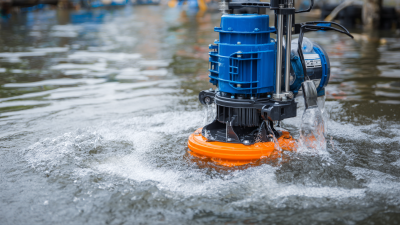
Exploring Market Trends for Submersible Dirty Water Pumps at the 138th China Import and Export Fair 2025
-
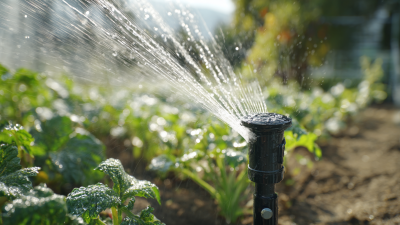
What are the Key Features of Modern Irrigation Pumps?
-

How to Choose the Best Water Pump for Home Use: A Comprehensive Guide for Homeowners
-
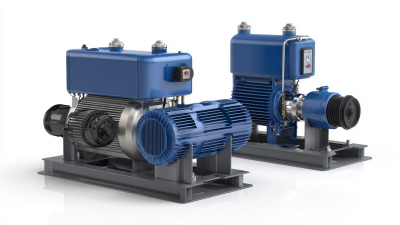
The Essential Guide to Choosing the Right Submersible Pump for Your Needs
-
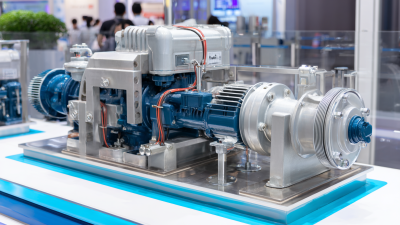
Exploring Water Pump Innovations for Home Use at the 2025 China Import and Export Fair
